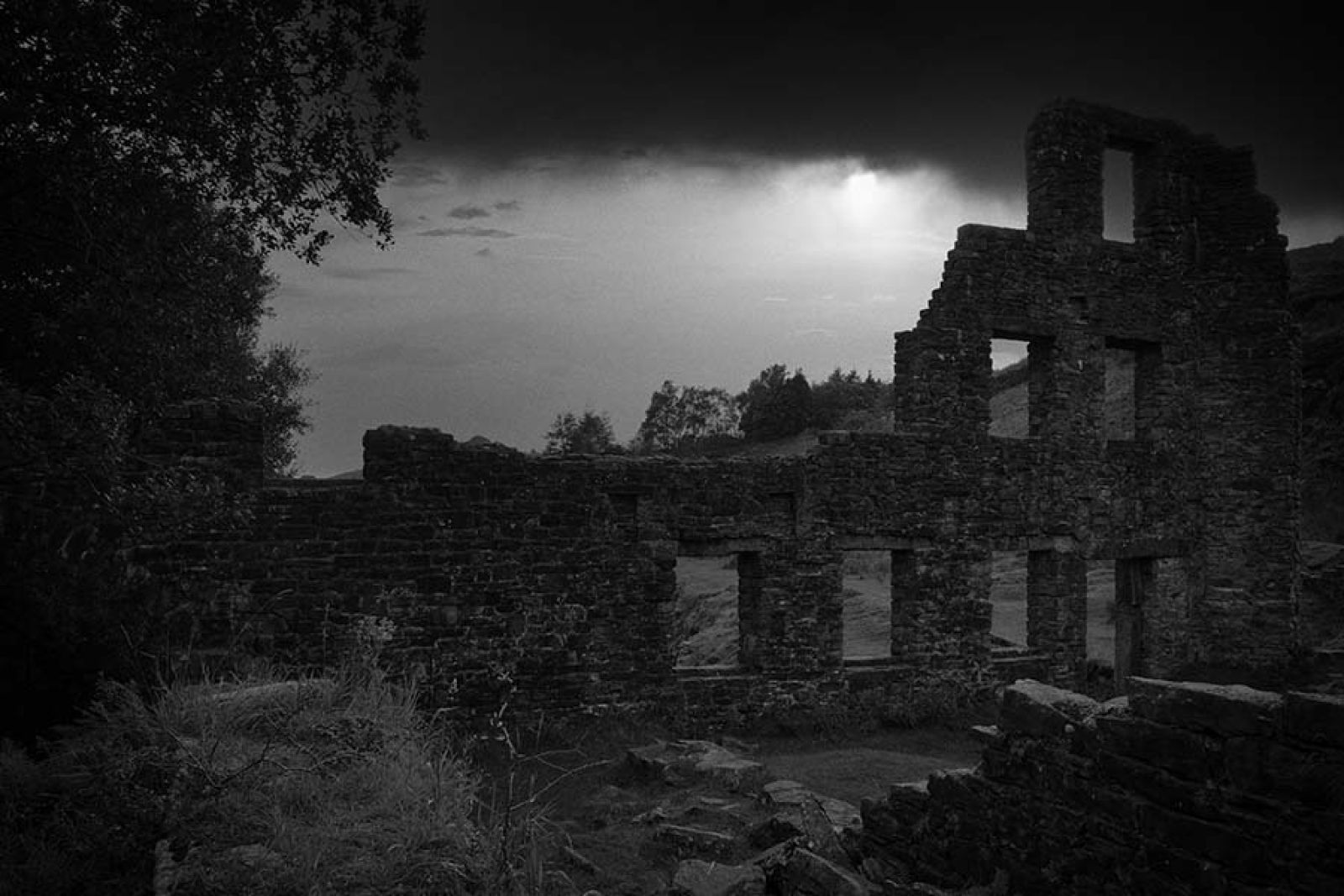Cheesden Lumb Mill

Cheesden Lumb Mill was built in 1786, the first of some twenty mills that would populate the valley, it's ruin is located just below Ashworth Moor Reservoir.
Built in 1786, it was run by John Kay initially as a fulling mill.
By 1809, the mill was being used to perform a whole range of textile procedures.
When John Kay died, the mill was bought by John Haworth of Croston Close who enlarged and converted it, installing machines for breaking up cotton waste. The cotton waste industry became very profitable during the 1860s when the American Civil War meant an end to importing raw cotton into Britain.
John Howarth’s daughter Alice married Richard Ashworth. When her father died in 1875, she inherited Cheesden Lumb Mill.
In 1887 Cheesden Lumb Mill had 750 spindles and was reduced to creating lampwicks.
A far more serious threat to the existence of the mill was that of the building of Ashworth Moor Reservoir. Plans were drawn up for this in the 1890s and all the local mills surrounding it were to be closed. Despite a valiant effort, Alice lost her battle to keep the mill open, it closed in 1898
Over time the mill fell into ruin, although its impressive façade remained intact for many years. When severe gales struck in February 1990, a large part of this was damaged. However, Greater Manchester Archaeology Unit were able to restore some of it, with funding from North West Water (now United Utilities, who still own the land) and English Heritage.
During restoration, it was discovered that the hub and axle of the waterwheel remained. The original wheel would have been 30 feet in diameter and 6 feet wide. It would have had wooden spokes and rim, and an iron frame to take the fall of the water.